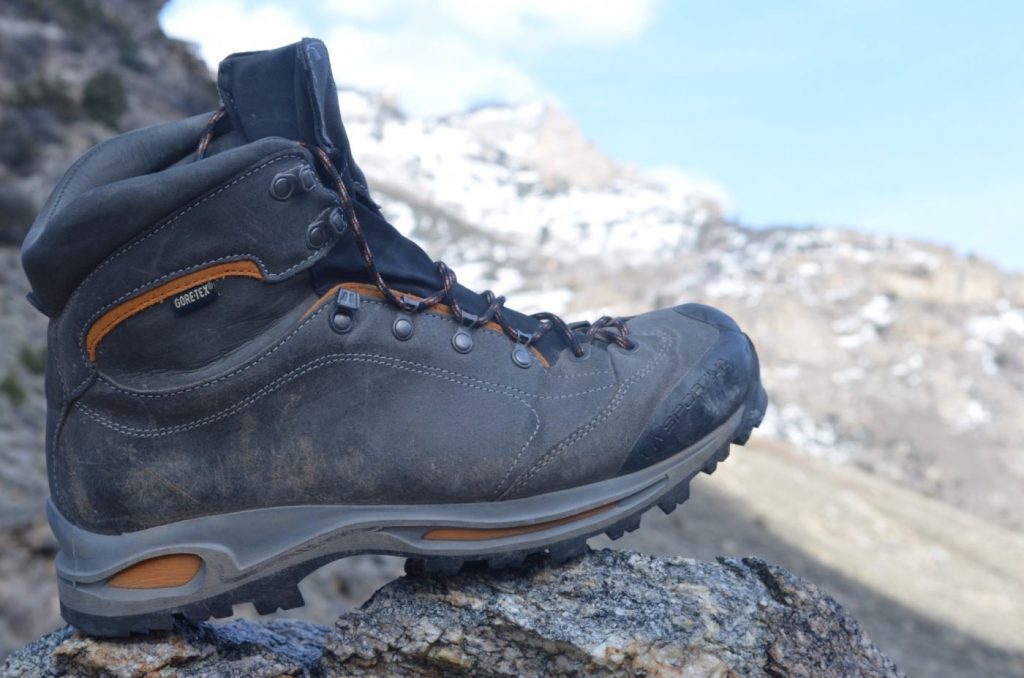Mountaineering is an adventurous and rewarding activity, but it also requires proper gear and preparation. One of the most important aspects of your equipment is your footwear.
You need boots that are comfortable, durable, and suitable for the terrain and weather conditions.
In this blog post, we will show you how to find the perfect fit for your mountaineering boots, using la sportiva mountain boots as an example.
Why Fit Matters?
The fit of your mountaineering boots is crucial for your comfort, performance, and safety on the mountain. A well-fitting boot will:
- Prevent your feet from sliding inside the boot, which can cause friction, blisters, and loss of control.
- Allow enough room for your toes to wiggle and avoid hitting the front of the boot on steep descents or when kicking steps in snow or ice.
- Keep your heel securely in place and prevent it from lifting up and down, which can cause rubbing, blisters, and reduced stability.
- Provide adequate insulation and circulation for your feet to stay warm and avoid frostbite or numbness.
- Accommodate thick socks or liners without being too tight or restricting blood flow.
- Match the shape and volume of your foot and avoid pressure points or gaps that can cause discomfort or pain.

How to Measure Your Feet?
Finding the perfect fit for your mountaineering boots is to measure your feet accurately. You will need a ruler or a tape measure, a piece of paper, a pen or a pencil, and a pair of socks that you would normally wear with your boots.
To measure your feet, follow these steps:
- Put on your socks and stand on a flat surface with your heel against a wall or a door frame.
- Place the paper under your foot and mark the longest point of your foot (usually the big toe) and the widest point of your foot (usually the ball) with a pen or pencil.
- Repeat with the other foot, as they may differ in size or shape.
- Measure the distance between the marks in centimeters or inches and write down the results.
- Compare your measurements with the size charts of the boot brands that you are interested in. Keep in mind that different brands may have different sizing systems or fit differently, so it is always best to try on the boots before buying them.
How to Choose Your Boot Model?
Once you have measured your feet and have an idea of what size you need, you can start looking for the right model of mountaineering boots for your climbing goals.
There are many types of mountaineering boots available on the market, ranging from lightweight and flexible models for summer alpine climbing to heavy-duty and insulated models for winter expeditions.
Some of the factors that you should consider when choosing your boot model are:
The type of climbing
Different types of climbing require different levels of stiffness, warmth, durability, and precision in your boots.
For example, if you are planning to climb technical ice or mixed routes, you will need a stiff and precise boot that can handle front-pointing with crampons.
If you are planning to climb moderate snow slopes or glaciers, you will need a warm and comfortable boot that can handle long approaches and variable conditions.
The weather conditions
The temperature and humidity of your climbing destination will affect how warm or breathable your boots need to be.
For example, if you are climbing in cold and dry environments such as high-altitude peaks or polar regions, you will need a well-insulated and waterproof boot that can prevent heat loss and frostbite.
If you are climbing in warm and wet environments such as tropical mountains or rainforests, you will need a breathable and quick-drying boot that can prevent overheating and fungal infections.
The crampon compatibility
Crampons are metal spikes that attach to your boots to provide traction on snow and ice. Different types of crampons are compatible with different types of boots.
For example, if you are using automatic crampons that have a metal bail at the toe and heel, you will need a boot that has a rigid sole and a toe and heel welt (a groove or lip) that can hold the crampon securely.
If you are using strap-on crampons that have nylon straps at the toe and heel, you can use a boot that has a more flexible sole and no toe or heel welt.


